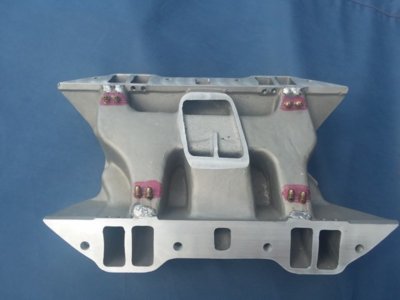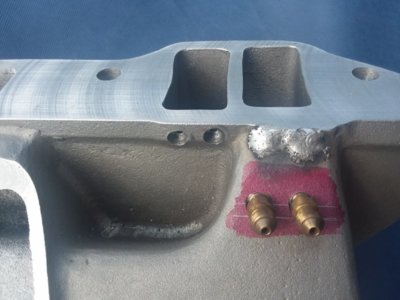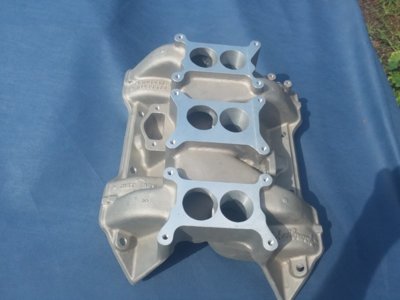PurpleBeeper
Well-Known Member
I was wondering about the effect of an open vs. divided carburetor spacer on a dual plane intake manifold. In my case, I have a dual plane intake manifold where the intake runners left/right are separated. I now have 1" open carburetor spacers, so the left/right side of intake is now "mixed between right/left" just under the carburetor.
1. Which type of spacer would theoretically make more horsepower/torque?
2. How would this affect carburetor tuning?
Just curious....any thoughts are appreciated.
1. Which type of spacer would theoretically make more horsepower/torque?
2. How would this affect carburetor tuning?
Just curious....any thoughts are appreciated.



















